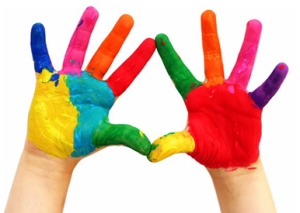Hello, all! I would love to introduce an awesome resource for school teachers called www.teacherpayteachers.com. I was first introduced to this website in an education course as a college sophomore a few years ago. Let me just say–it’s INCREDIBLE! Teachers Pay Teachers has been around since 2006 and has been saving the lives of teachers everyday. The idea is straight forward: teachers upload work that other teachers can buy. When it comes to their craft, teachers trust each other most. Do you need to create a 1st grade unit on ocean animals but lack creativity or just simply have no idea where to start? You are in luck! The average cost for an item on Teachers Pay Teachers is just $3.50, with entire unit plans usually costing less than $10. Ten dollars?! Yes!

The website is interactive and you are able to contact every teacher/user who shares materials. You can easily find what you are looking for because everything is broken down into grade category, then further broken down by subject matter. Looking for a 3rd grade Common Core reading activity about helping verbs? You are guaranteed to find something that will meet your needs for a small price. My favorite part about Teachers Pay Teachers? So many items are available for free! All you have to do is create an account and get downloading. On Teachers Pay Teachers, a guide that explains how to accommodate a classroom for kids with attention deficit hyperactivity disorder goes for $2.50. A packet on how to teach parents about guided reading sells for $3.50. Not surprisingly, Common Core workbooks and ready-to-use lesson plans are consistently strong sellers.

One last note worth mentioning: Aside from buying pre-made materials, teachers can make requests for other teachers to create specific work for them! All you do is give a description of what you want made, set your price, and sit back and wait for all of the offers to roll in! Take a look below.




















